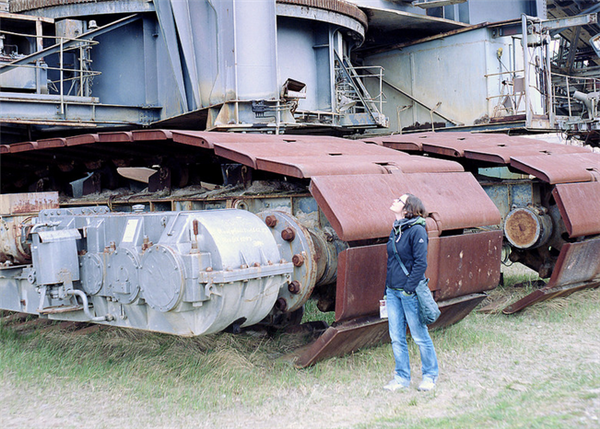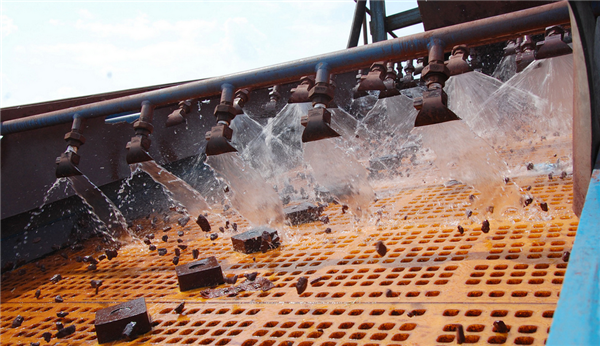What’s ahead for copper, coal, iron ore and China according to Joy Global
Joy Global neatly summed up the outlooks for China and major commodities in its Q2’s market outlook section.
Excerpts are below.
“While global economic growth improved through the first four months of the calendar year, other economic and commodity indicators painted a mixed picture about the strength of end markets,” wrote Joy Global.
China tries to stimulate
Image by Chi King
Chinese growth cooled to 7.0 percent, which is the lowest level in six years. China has implemented significant monetary stimulus efforts in the form of reductions in both the reserve requirement ratio and lending rates over the last several months.
Although global growth is still expected to be just over 3 percent this year supporting demand for mined commodities, there are several macroeconomic pressures that could increase and materially impact the growth profile.
Copper will get better
Image by Incase
Concerns around the strength of the global economy in the first quarter contributed to copper prices falling below $2.50 per pound at the end of January.
Since that time, copper prices have recovered over 15 percent and are currently trending around $2.80 per pound as anticipated Chinese stimulus has helped to drive positive sentiment in the market. Although refined copper markets saw a 153,000 tonne surplus through February due to weak demand and are expected to remain in surplus this year, prices appear to have stabilized in the near-term as demand is expected to pick-up in the second half of the year.
Longer-term, the copper project pipeline remains healthy as the expected return to a deficit position in the market is expected to support investment in the industry.
US coal production reduced
Image by fluffisch
Pressure on U.S. coal markets has increased since February as natural gas prices have averaged $2.77/mmBtu over that period and natural gas powered electricity generation has grown nearly 20 percent from a year ago.
Along with Mercury and Air Toxins Standards (MATs) regulations taking effect in April, U.S. coal burn has fallen nearly 35 million tons through March and is expected to decline at least 75 million tons this year. U.S. coal exports have also been challenged as a rising dollar and depressed seaborne prices have resulted in exports trending at their lowest run-rate since June 2011 with full-year exports now expected at 85 million tons. The combination of these forces is expected to reduce U.S. coal production at least 50 million tons this year, which is more than previously expected.Challenges in the seaborne thermal coal market have increased in the last several months as prices drifted below $60 per tonne in some cases.
While further supply rationalization is still needed to balance the market, the strengthening U.S. dollar along with lower oil prices has effectively lowered production costs for the Australian, Russian and Indonesian producers, slowing the supply adjustment process.
Iron ore is trending at $55 per tonne
Image by Peter Craven
After trending around $115 per tonne for nearly a year, met coal prices have declined precipitously over the last two months reaching $85 per tonne.
The primary driver has been a weak global steel market where production is down 1.8 percent through April. Global steel consumption was recently revised lower for 2015 to grow at 0.5 percent down from an earlier estimate of 2.0 percent. The decline in Chinese steel production has resulted in a 16 percent decline in met coal imports through April. Further exacerbating the oversupplied market has been the significant depreciation in several major producing regions’ currencies which similar to thermal coal has slowed the supply adjustment process. The revised outlook for global steel markets has also impacted seaborne iron ore prices which fell below $50 per tonne during the second quarter.
While prices have rebounded somewhat in recent weeks as signs of supply rationalization have been announced, they are trending around $55 per tonne, and absent a demand catalyst or a divergence from the expected ramp up in supply over the next two years, will likely remain at or near this level.
{{ commodity.name }}
{{ post.title }}
{{ post.date }}





Comments